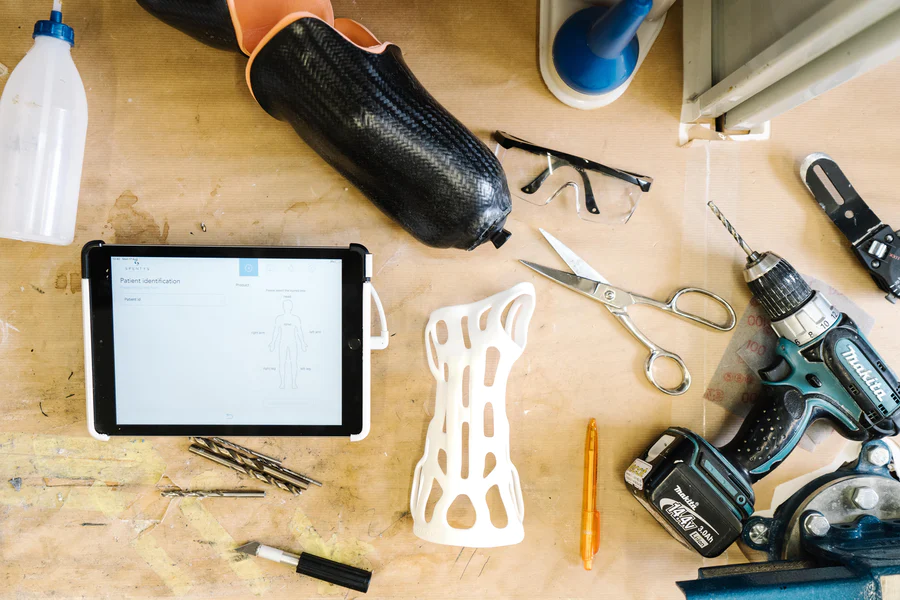Trends in Orthopedic Surgery in 2022

We recently sat down with Dr. Wasik Ashraf, a New York State orthopedic surgeon, to talk about surgical trends he’s seen in the past year that will gain even more traction in 2022. Here are some highlights from our conversation.
Ambulatory Surgical Centers (ASCs) will continue to be a popular setting for orthopedic surgical procedures.
The pandemic accelerated the trend of orthopedic and other types of surgeries moving from hospitals to ASCs because of concerns about heightened COVID-19 infection risk in inpatient settings as well as exposure risk in hospital settings. ASCs are outpatient facilities that are sometimes affiliated with a hospital and sometimes freestanding. Dr. Ashraf said that surgeons like him are drawn to the convenience of scheduling and performing surgeries at ASCs while patients also like the convenience as well as the reduced infection risk, lower costs, and the ability to begin their recovery in the comfort of their own homes. “The ASC’s really try to provide a hotel-like experience from the moment the patient comes in the door,” he said. Dr. Ashraf believes ASCs will continue to be the setting of choice for many orthopedic surgeries, even once the pandemic is in the rear-view mirror.
Because of joint preserving, minimally invasive innovations such as the OVOMotion with Inlay Glenoid TSA Systems, a bone-sparing primay total shoulder replacement that maintains much of the patient’s native structure, surgeons are able to perform more complicated procedures in the ASC setting. “We’re doing more total joint replacements for knees, hips, and especially shoulders in ASCs,” said Dr. Ashraf. “These patients are perfect for an ASC setting.”
Improvements in imaging have also made it easier to diagnose problems like bone marrow lesions and certain types of fractures that can be addressed non-surgically in ASCs with treatments such as Tactoset, an injectable bone substitute, according to Dr. Ashraf.
Minimally- or non-invasive orthopedic procedures are growing in popularity.
Patients are working, staying active, and participating in sports later in life and when their joints begin to give them problems, they want solutions that don’t require months of recovery. “They prefer a minimally invasive procedure that allows for the pain relief and increased range of motion so they can get back to their activities quickly,” said Dr. Ashraf. “We have a lot of pickleball players and farmers where I practice, and they don’t want to take months and months off.” Solutions like Tactoset and the OVOMotion with Inlay Glenoid TSA System can be very helpful to these patients, according to Dr. Ashraf. “Tactoset can allow them to push off a joint replacement for a while,” he said.
Robotics and virtual reality tools will be used more and more in orthopedic surgery.
Robotic-assisted surgery has been used in orthopedics since the early 1990s and the technology has improved with time. Additionally, orthopedics will continue to develop better visual tools to guide surgeries. Traditionally, imaging such as MRIs and CT scans have guided surgeries, but increasingly, live, computer-assisted navigational tools are being used. “These tools are helping us to be more efficient and more accurate,” said Dr. Ashraf.
Are you having joint pain or joint issues? Are you interested in talking to a specialist about your options? Check out our find a doctor tool.






